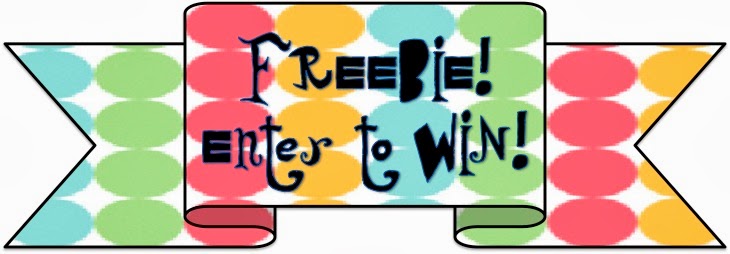Shoot the Bird!
 |
| Guided Reading Information |
I'm not talking about using the third digit on your right hand.
I'm talking about not relying on ROUND ROBIN READING as THE small group reading instruction and really planning for your student's guided reading.
The term "round robin" originated in France in the 17th century. Basically, people would write a letter to complain about something and then pass it around like a modern day petition letter.
If they were in agreement with the letter, the people would sign their names in a circle around the paper. They did this so that no one would know who first signed or created the document.
While this type of documentation allowed for total anonymity and worked in the 17th century, this doesn't really work for guided reading ~today~. We don't want our student's level of understanding to be anonymous to us.
As teachers, we MUST know the depth of where our students are in their reading progress and understanding. There are some very specific things that we can do to improve our instruction through planning more purposely.
 |
| Reading for Meaning |
Important Foundation for Planning Guided Reading
Begin by assessing your student's reading progress so that you can determine their instructional reading level. You will see big reading gains when working with your students on their instructional level as opposed to their independent level. You will be right there guiding them along the way....hence...guided reading.
When students are practicing their reading independently, this is the time that you want to make sure that the text they are reading is on their independent reading level. We don't want them to struggle with reading on their own. We do want them to feel successful and gain confidence.
What if I don't have a formal reading assessment? You can use a running record that will give you valid reading information on your student. You will also need to ask comprehension questions along with focusing on the fluency and accuracy.
Just because a student can word call on a certain level, does not mean that they are REALLY reading on that level. They must have the comprehension component as well.
Analyze the results of the reading assessment to determine their strengths and weaknesses. What can your student already do well? What does your student still need to practice?
 |
| Reading progress |
Look for strategies that need to be taught.
- Are they lacking or missing word attack skills?
- What about phonemic awareness?
- Decoding skills?
- Accuracy?
- Fluency?
- Comprehension?
Dig in deep and really think about what holes need to be filled.
Group your students! Either use their guided reading level or group your students by a needed teaching focus. If you group your students by their guided reading levels, make sure that you are working with them on their instructional level. This level will be slightly above their independent level, but you will be right there guiding them through the process.
Select a text that is on their instructional reading level. Yes, I am saying it again because this is a very important step to prepare them to move forward and be able to read on a higher level.
 |
| Reading resources |
The text that you use to work with your students doesn't always have to be with a traditional guided reading book.
Some ideas for other texts: poetry, picture books, newspaper articles, etc. I have definitely learned this one the hard way, always read the text before handing it over to your students.
What does your student really need to learn to make a measurable amount of progress in reading?
I have three different Guided Reading Planners that I consistently use to help guide and plan my instruction with my intervention groups. The planners are for: 3 student groups, 4 student groups, and 5 student groups. I have used this same planner with Kinder, 1st, 2nd, 3rd, 4th, and 5th grade students.
Fountas & Pinnell, the Guided Reading gurus, have done research that proves if you want to make the most amount of progress with guiding reading, you really want to keep the groups as close to 3 students as possible.
 |
| Making progress with Guided Reading |
Yes, I know. We don't live in fairy teaching land anymore. But, Fountas & Pinnell do say that if we keep the groups to 5 students and under that we will still make a good impact on improving reading.
 |
| Guided Reading Planner for 5 students |
 |
| Guided Reading Planner for 4 students |
 |
| Guided Reading Planner for 3 students |
 |
| Guided Reading Planning Kit |
You can easily make these forms for yourself. I created my guided reading planning documents in Word.
What do you use to help plan your guided reading groups?
jen :)




















.jpg)

























